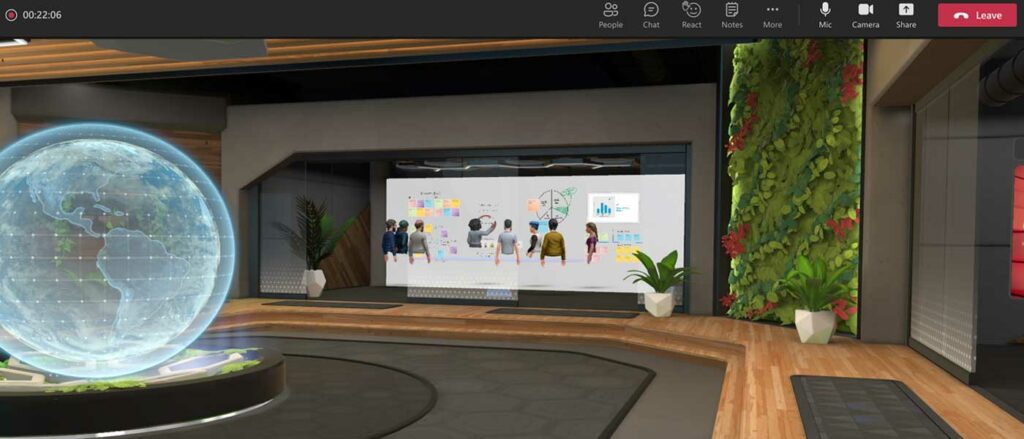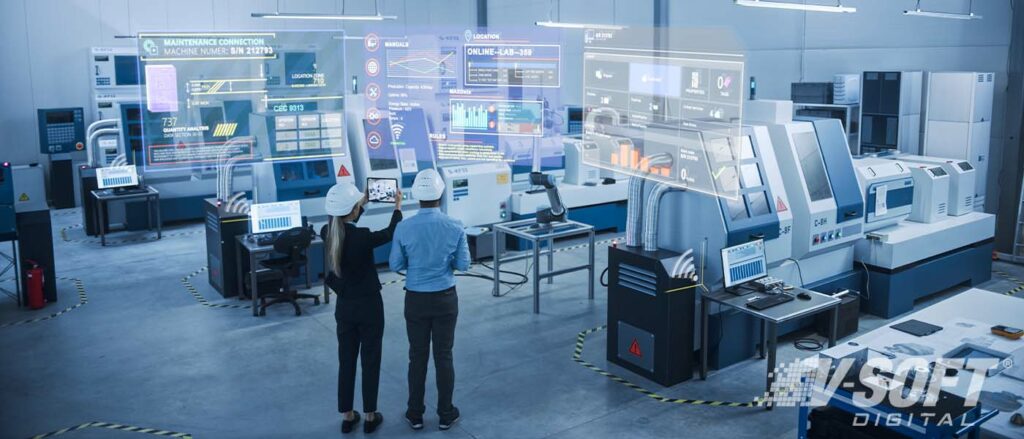What Business Leaders Need to Know About the Metaverse
The Metaverse is one of the hottest buzzwords on the internet now, especially after Mark Zuckerberg talked about it being the future and went on to rename his company from Facebook to Meta, to signal his readiness to embrace and align his organization to what is being viewed as the future of the online world. Other tech giants like Microsoft and Apple have expressed interest in investing in technologies related to the metaverse has further piqued the interest of the public and business executives of this new trend.
Tech visionaries predict the arrival of the metaverse in the future but there is no real clarity on how exactly the metaverse will manifest itself, it is still evolving, and several factors will shape its manifestation. But many concepts and technologies that lead to the metaverse already exist and many are soon to become reality. Business leaders may be wary of the hype and speculation, but it is a paradigm shift that businesses big and small cannot afford to ignore, after all, it is being described as the next phase of the internet.
History and Evolution
The concept of metaverse or a virtual world where people using virtual identities or 3D avatars can connect, interact, work, and even buy things is not new. It has been a staple in science fiction books and movies. In fact, the very term “metaverse” is taken from Neal Stephenson’s 1992 science fiction novel, Snow Crash. In the real world, attempts to provide web browser-based 3D interactive graphics was introduced with VRML (Virtual Reality Markup Language) as early as 1994 (VRML has since been superseded by X3D) but its adoption was limited. Virtual reality technology continued to evolve in niche segments such as gaming and platforms likes Active Worlds, Blaxxun and most importantly Second Life.
But even a relatively successful VR platform like Second Life which offers many of the components of the metaverse including virtual social interactions, digital assets, digital real estate, and digital currency has a very small user base when compared to most internet native businesses. Virtual Reality and Augmented Reality (AR/VR) has been widely adopted in the gaming world but even that caters to a small and niche segment of users. Technological limitations and lack of user interest, among other things, played a part in keeping these virtual reality ecosystems from becoming popular. However, the recent developments in the field of VR and AR have changed the perception of both business leaders and general users.
The popularity of VR sets such as Oculus Quest and the use of AR in a plethora of mobile applications from social media apps to ecommerce and manufacturing highlight the readiness of the consumers and businesses to adopt these trends. Massive strides in artificial intelligence (AI), cloud technology, Internet of Things (IoT), the advent of 5G connectivity, and cutting-edge advancement in hardware are providing the foundation necessary for the metaverse. The rise in the number of digital-native consumers and the change in consumption habits brought by the pandemic has only accelerated the march towards the new technological frontier.
What is the Metaverse?

So, what is the metaverse likely to look like? In simple terms, the metaverse is an immersive 3D virtual world where users represented by their 3D avatars can interact with other users and carry out real-world activities virtually. This includes playing, working, buying/selling (both real and virtual products), attending live concerts and events, or just hanging out. The activities that can be carried out in the metaverse and is only limited by the rules of the digital world and imagination of the application developers. The metaverse is not a monolith but a network of various 3D virtual worlds that ensures no single company controls or monopolizes it.
It also implies that companies can create their own 3D worlds and the interoperable nature of the metaverse in the future would allow users to navigate between them, a bit like web browsing but in a virtual 3D environment. Cryptocurrencies and Non-Fungible Tokens (NFTs) are already making buying and selling of digital assets a reality in the digital space, they are likely to be the currency of the metaverse. A network of virtual worlds would require its own economy and these blockchain-based digital currencies, assets and exchanges can provide the perfect solution. The interoperable metaverse would be possible with the large-scale adoption of web3 architecture that proposes a decentralized structure.
Business Opportunities
The metaverse offers immense opportunities to businesses too. From attending meetings in a 3D virtual environment to selling digital/physical products to virtually visiting a manufacturing facility, the options are endless. It will lead to designing new products both digitally and physically to be built in a simulated environment, advertised, and sold in virtual marketplaces. Use of digital twin technology in the virtual worlds would help organizations streamline and optimize their processes. While many companies are deliberating and strategizing on how to get ready for the metaverse, some have already started their journey.
The Platforms
Nvidia Omniverse
The Nvidia Omniverse is a simulation and collaborative platform for running virtual worlds and seeks to be the glue that connects them, playing a key role in building the metaverse. Nvidia Omniverse Enterprise can help businesses of all sizes transform their 3D workflows on this remote collaboration and simulation platform. Users can participate in meetings and walk through the infrastructure and facilities in the virtual world from anywhere.
Mesh for Microsoft Teams
To make online meetings and collaboration more engaging, especially at a time when remote and hybrid work has become the norm, Microsoft has unveiled Mesh for Microsoft Teams. Its mixed reality capabilities allow users to join online meetings using VR headsets or laptops and smart phones as 3D avatars in a fully virtual reality environment. Apart from being a more engaging and productive experience, this platform can also serve as a gateway to the metaverse.

Summary
Some companies, especially the bigger ones including Meta, Microsoft, Nvidia and others are already working towards bringing in this paradigm shift. Apple CEO Tim Cook’s latest statements on seeing a lot of potential in the metaverse and his company investing in AR/VR endeavors has further bolstered confidence of the technology. While the true metaverse may not have arrived yet, many of its concepts and technologies already exist or are nearing maturity. Companies that have already built capabilities to adapt business to virtual environments stand to gain both near and long-term benefits.











